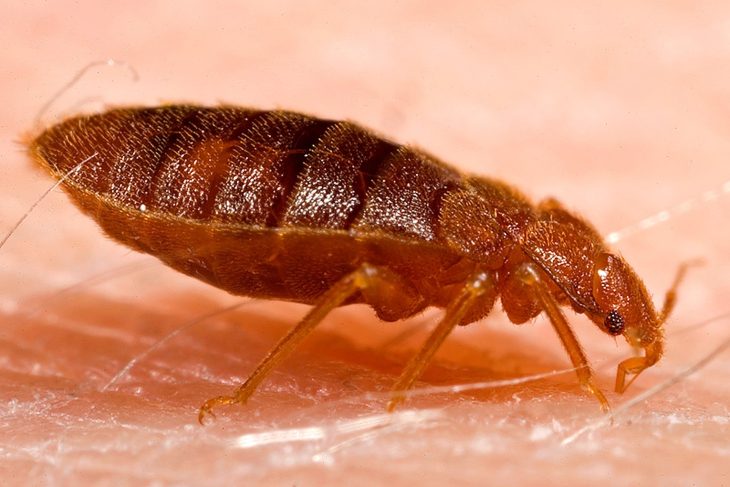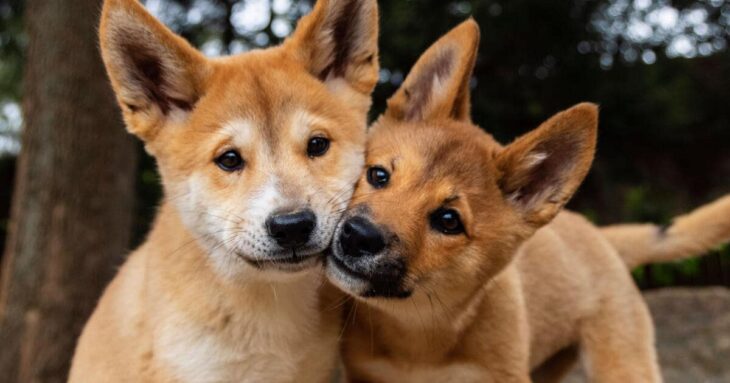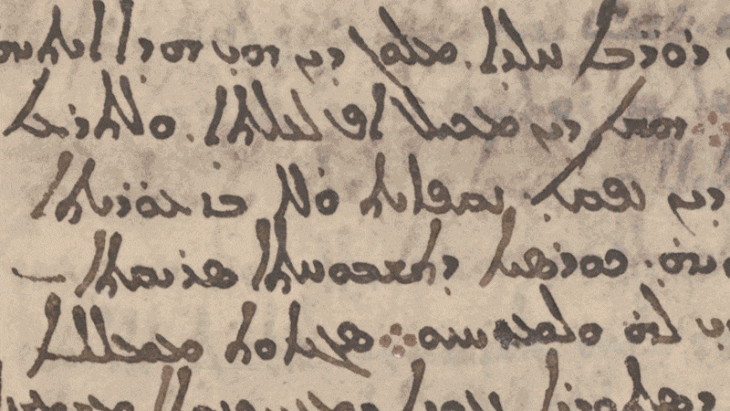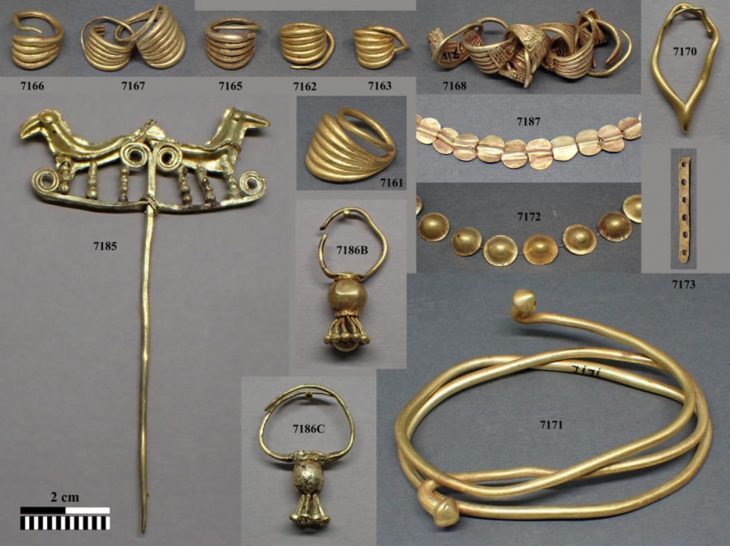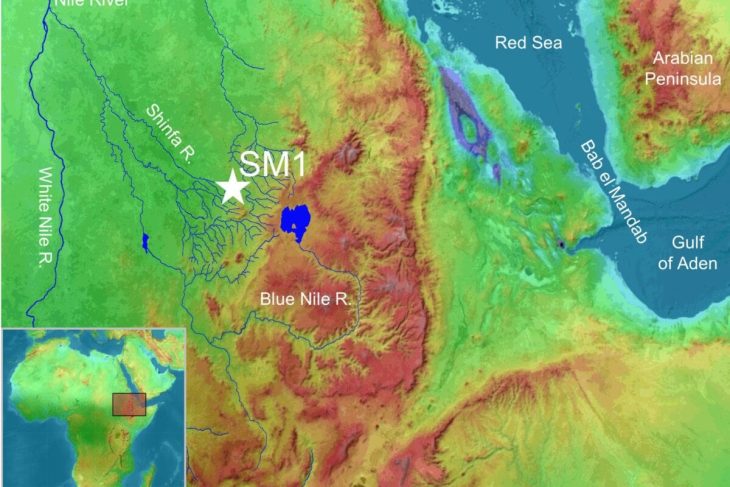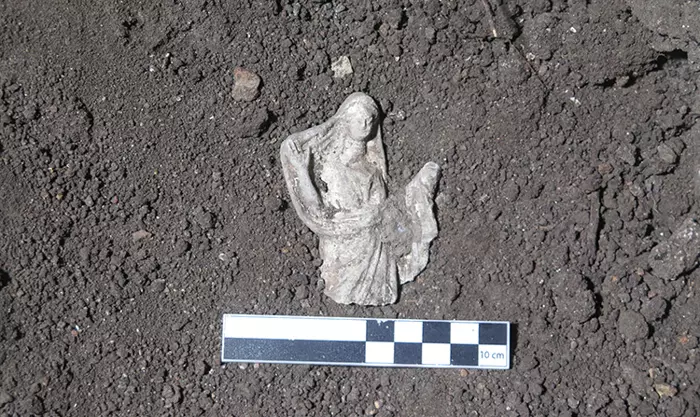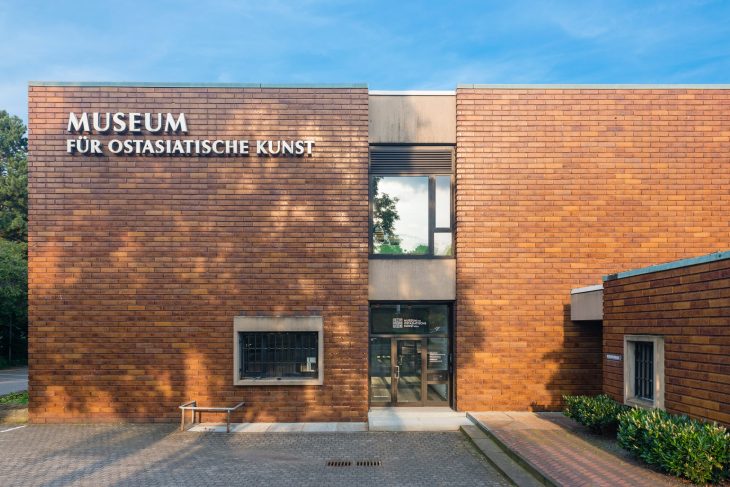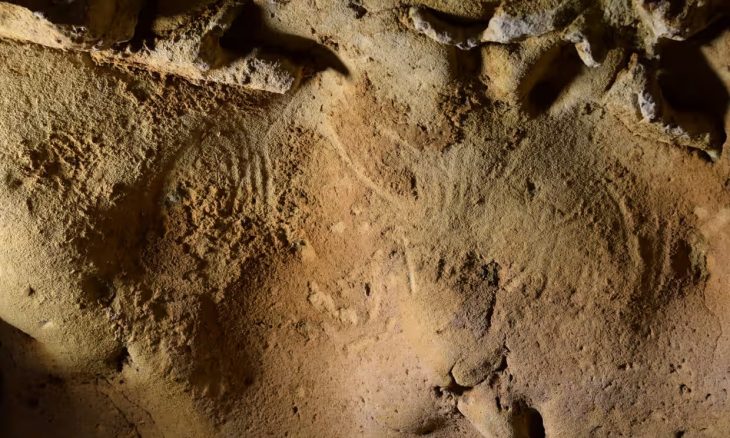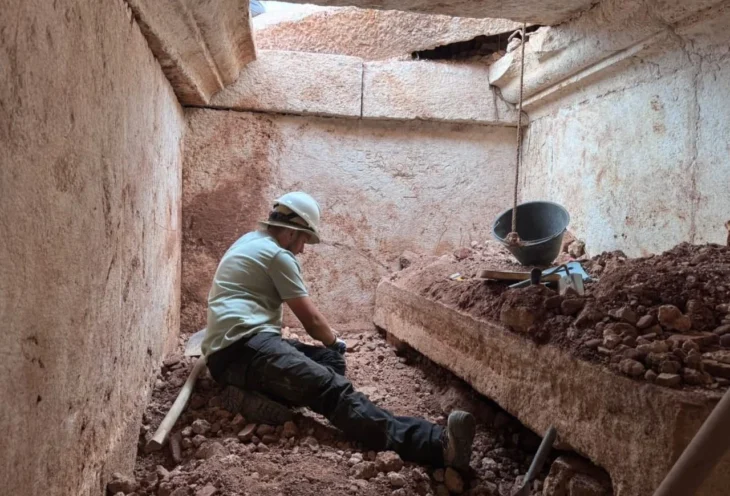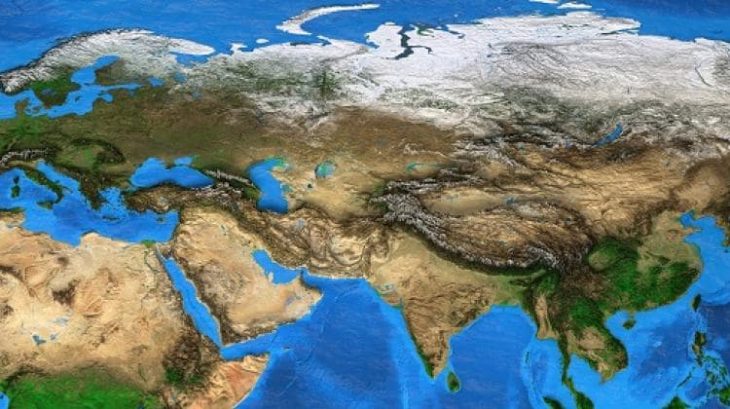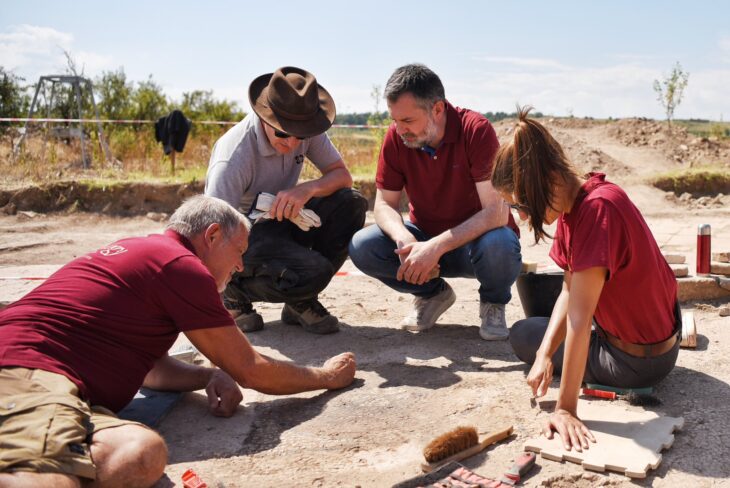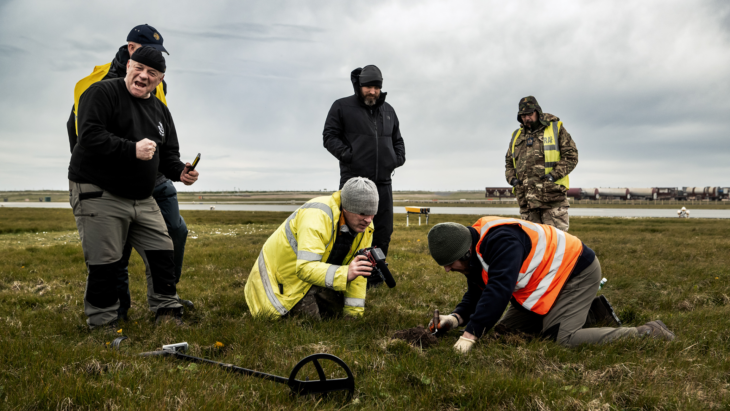Ninive is an ancient Assyrian city located on the eastern bank of the Tigris River in northern Iraq, near today’s Mosul city.
The Assyrian Empire has existed since the early 25th century BC, and the Early Assyrian Period (2500–2025 BC), the Old Assyrian Empire (2025-1378 BC), the Middle Assyrian Empire (1392-934 BC) and the Neo-Assyrian Empire (911-609 BC) divided into periods.
Archaeological evidence suggests that the region around Nineveh was first inhabited by the Hassuna culture, the first farmers in northern Mesopotamia to live in small villages or hamlets in the late Neolithic period around 6000 BC.
Ninive is also the city where Prophet Yunus was buried. It is believed to be the tomb of the Prophet Yunus in the place also called Nebi Yunus Hill. Unfortunately, it has been devastated by Isid attacks.
During the old Assyrian period, the city was dedicated to the goddess Ishtar. Ishtar is the goddess of beauty and love.
📣 Our WhatsApp channel is now LIVE! Stay up-to-date with the latest news and updates, just click here to follow us on WhatsApp and never miss a thing!!
Ninive experienced a great architectural expansion during the period of the new Assyrian kings and turned into a metropolis.

Ninive is the last capital of the Assyrian Empire. Before becoming the capital city BC. In the 2000s, it was an important city for Assur with its Ishtar temple.
King II. Sargon’s son Sanherib (704-681 BC) moved the capital from Dur Sharrukin to Ninive as soon as his father died. No doubt that this The who built Dur-Sharrukin from scratch It is like an insult to Sargon.
Ninive is on the most convenient and most used of Tigris passes. This old town is almost twice as big as Kalhu and Dur Sharrukin.
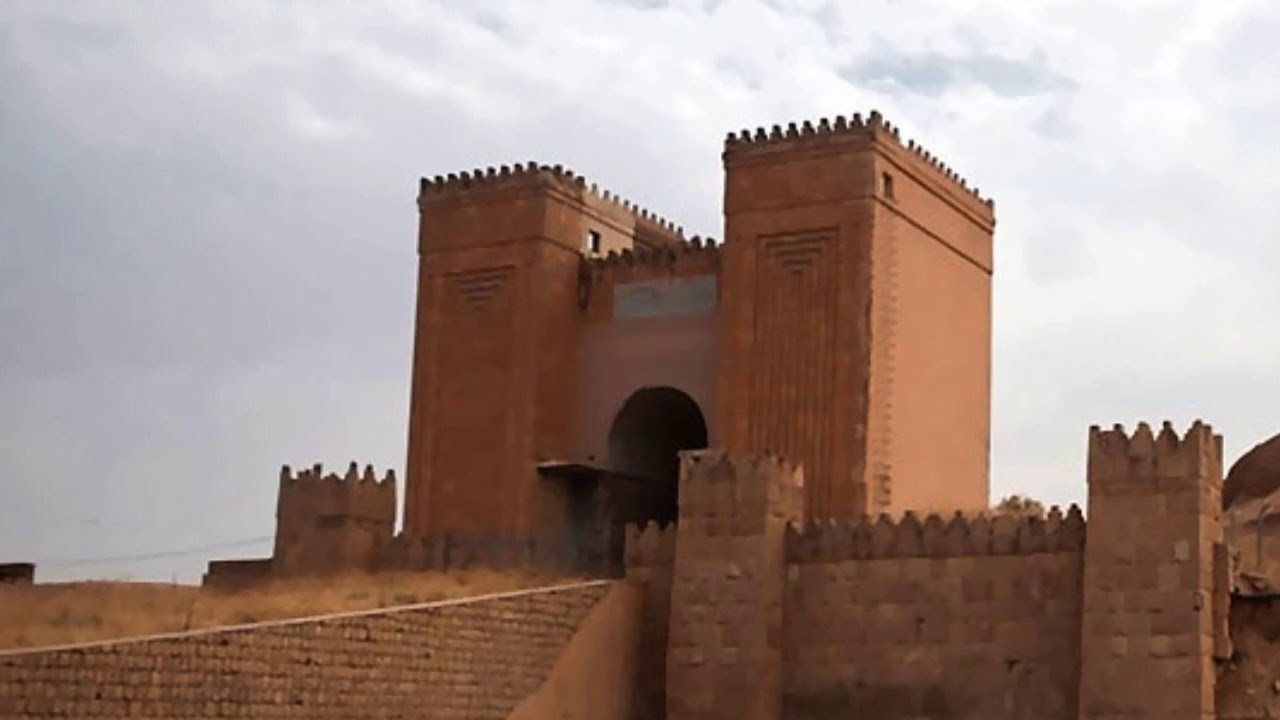
King Sanherib gave importance to development as his grandfathers did. First of all, opened a 90 km channel to increase the yield in the fields and he established gardens. This channel is 300 km long and wide 25 m. It was crossing the Jervan valley with a five-eyed aqueduct. The king opened many more canals, moreover, he created a swamp next to the city to prevent the waste of water brought by these canals. Sanherib, who turned the inside to the swamp into a cane, turned this cane into a bird paradise.
Ninive continued to flourish until the death of its last great king, Ashurbanipal. The new Assyrian empire entered a period of decline due to the civil wars over the claimants to the throne and the attacks of the former vassal Kingdoms, which included Babylonians, Chaldeans, Medes, Persians, Scythians, and Cimmerians.
In 612 BC, the city was besieged and plundered, causing the population to be massacred or deported, and the Assyrian empire eventually collapsed in 609 BC.
The city changed hands among several rulers from the Achaemenid Empire, Seleucid Empire, Parthian Empire and Sassanid Empire over the next 1000 years. It was conquered by the Arabs in 641 AD.
Over the following centuries, Nineveh was downsized as a neglected suburb and left to ruined at the end of the 13th century AD. In 2015, IS destroyed the Ninive Mashki Gate, Adad Gates and parts of the city walls.


